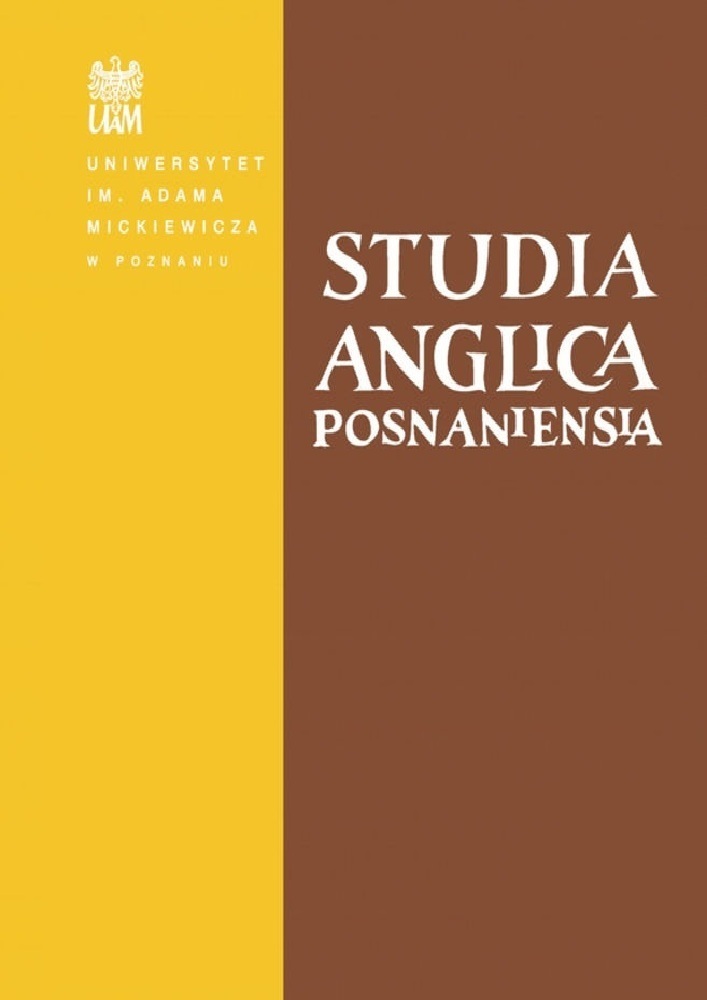Abstract
In her I Was a Child of Holocaust Survivors published in Canada in 2006, Bernice Eistenstein undertakes an attempt to cope with the inherited memories of the Holocaust. As a child of the Holocaust survivors, she tries to deal with the trauma her parents kept experiencing years after WWII had finished. Eisenstein became infected with the suffering and felt it inescapable. Eisenstein’s text, which is one of the first Jewish-Canadian graphic memoirs, appears to represent the voice of the children of Holocaust survivors not only owing to its verbal dimension, but also due to the drawings incorporated into the text. Therefore, the text becomes a combination of a memoir, a family story, a philosophical treatise and a comic strip, which all prove unique and enrich the discussion on the Holocaust in literature. For these reasons, the aim of this article is to analyze the ways in which Eisenstein deals with her postmemory, to use Marianne Hirsch’s term (1997 [2002]), as well as her addiction to the Holocaust memories. As a result of this addiction, the legacy of her postmemory is both unwanted and desired and constitutes Bernice Eisenstein’s identity as the eponymous child of Holocaust survivors.
References
Eakin, John Paul. 2011. Reading comics: Art Spiegelman on CD-Rom. In Michael A. Chaney (ed.), Graphic subjects. Critical essays on autobiography and graphic novels, 13-16. Madison: The University of Wisconsin Press.
Egan, Susanna and Gabriele Helms. 2005. Generations of the Holocaust in Canadian auto/biography. In Julie Rak (ed.), Auto/biography in Canada. Critical directions, 31-51. Waterloo, Ontario: Wilfrid Laurier University Press.
Eisenstein, Bernice. 2006. I was a child of Holocaust survivors. New York: Riverhead Books.
El Rafaie, Elisabeth. 2012. Autobiographical comics: Life writing in pictures. Jackson: University Press of Mississippi.
Harris, Miriam. 2008. Releasing the grip of the ghostly. Bernice Eisenstein’s I was a child of Holocaust survivors. In Samantha Baskind and Ranen Omer-Sherman (eds.), The Jewish graphic novel: Critical approaches, 129-142. New Brunswick: Rutgers University Press.
Hatfield, Charles. 2005. Alternative comics: An amerging literature. Jackson: University Press of Mississippi.
Hirsch, Marianne. 2002 [1997]. Family frames. Photography, narrative and postmemory. Cambridge: Harvard University Press.
Hoffman, Eva. 2005. After such knowledge. A meditation on the aftermath of the Holocaust. London: Vintage.
McGlothlin, Erin. 2011. Art Spiegelman and the autobioGRAPHICal re-vision. In Michael Chaney (ed.), Graphic subjects. Critical essays on autobiography and graphic novels, 45-50. Madison: The University of Wisconsin Press.
Witek, Joseph. 1989. Comic books as history: The narrative art of Jack Jackson, Art Spiegelman, and Harvey Pekar. Jackson: University Press of Mississippi.
